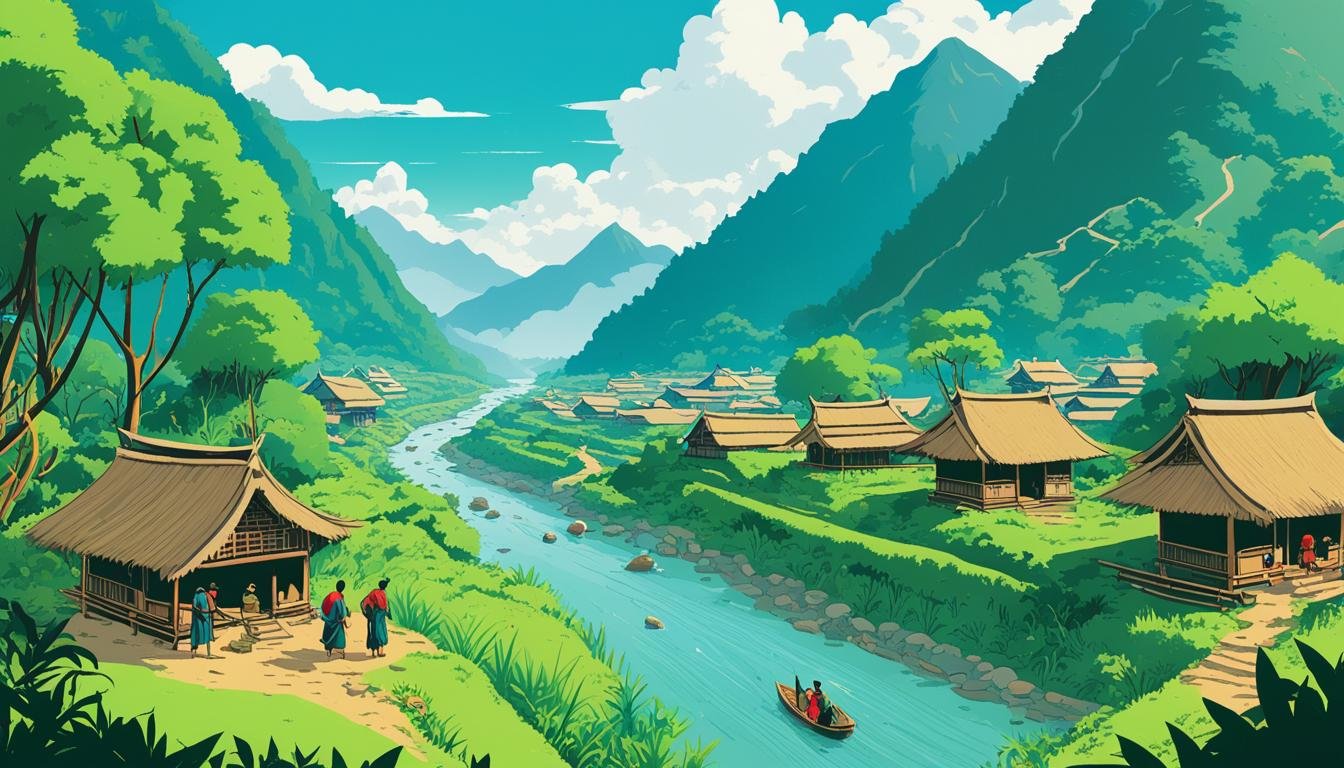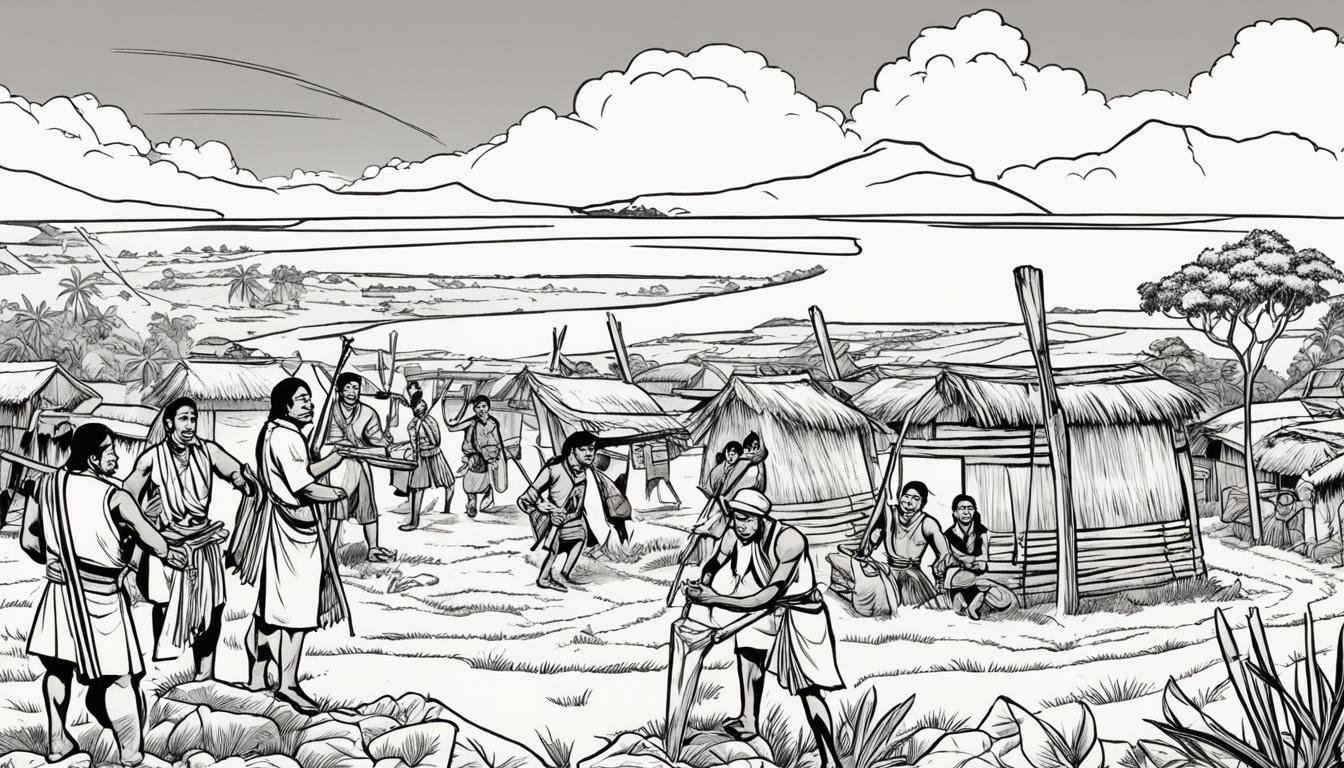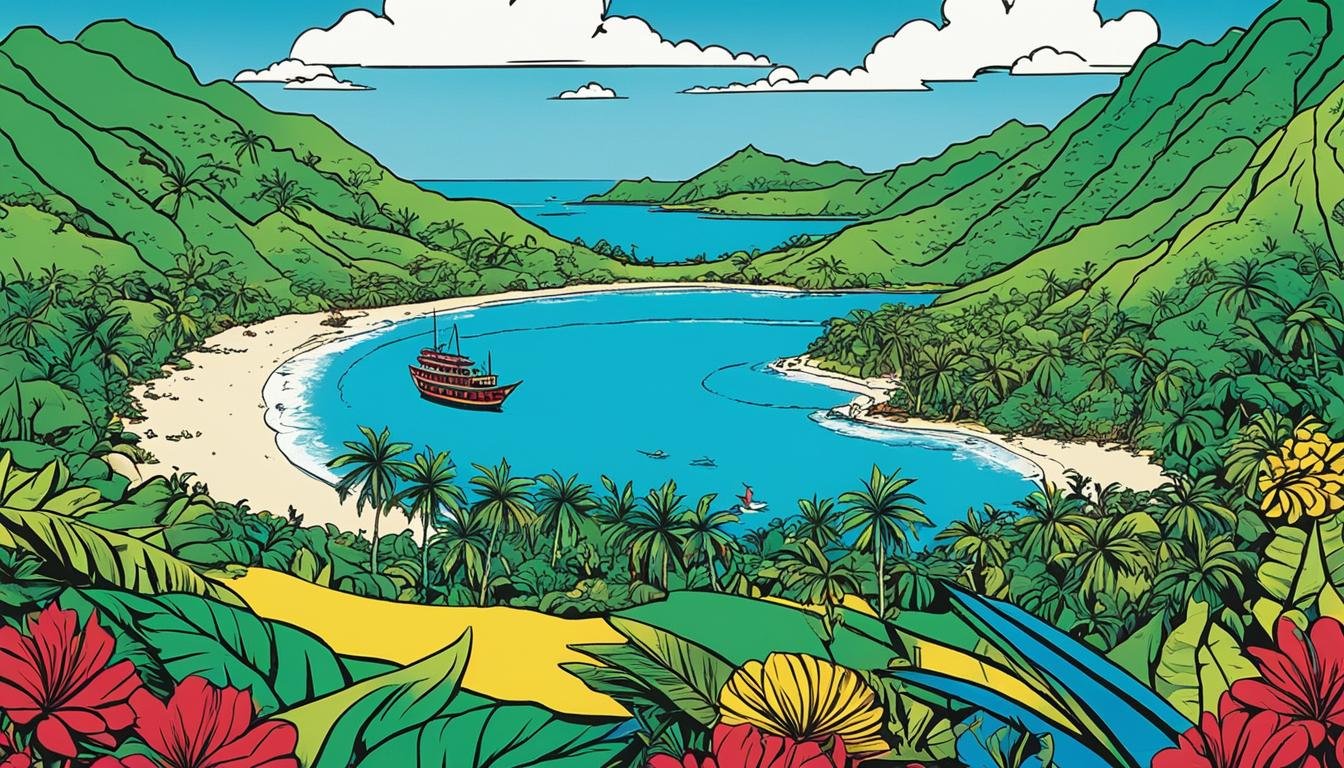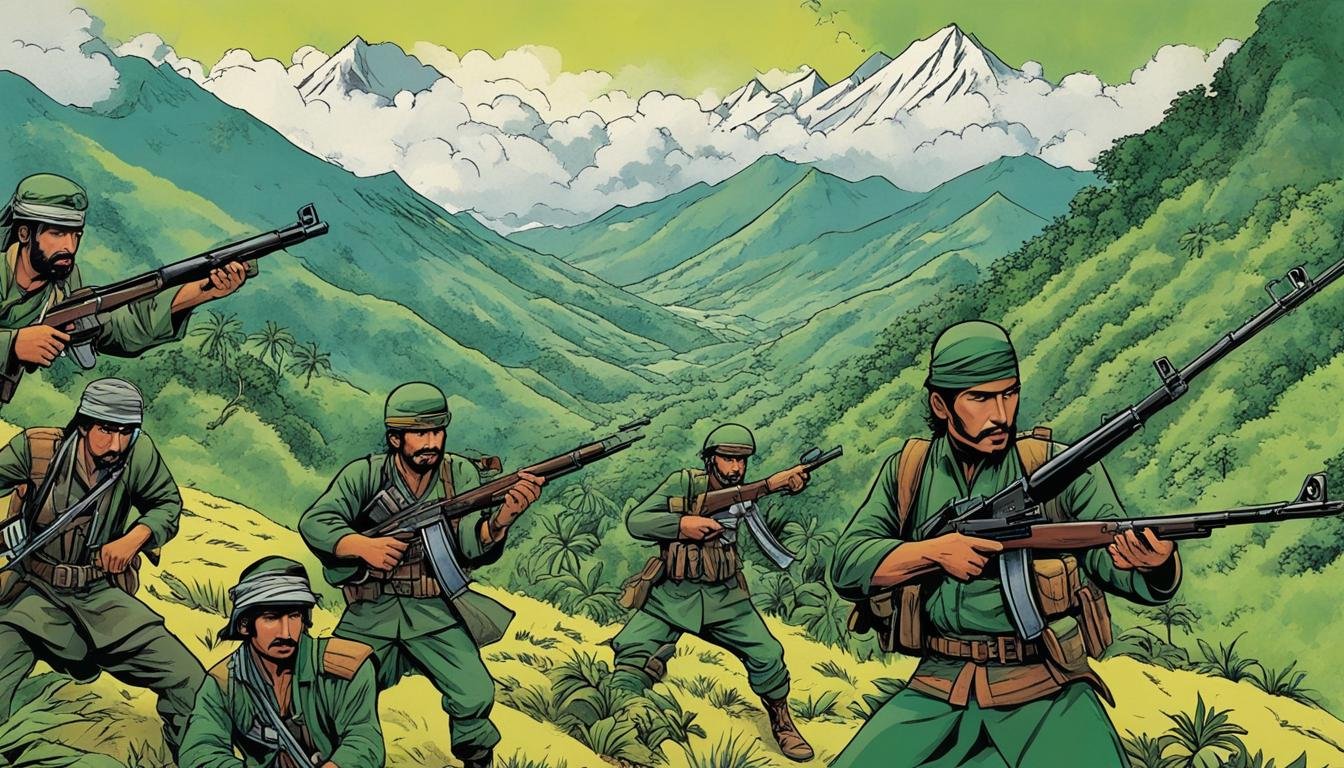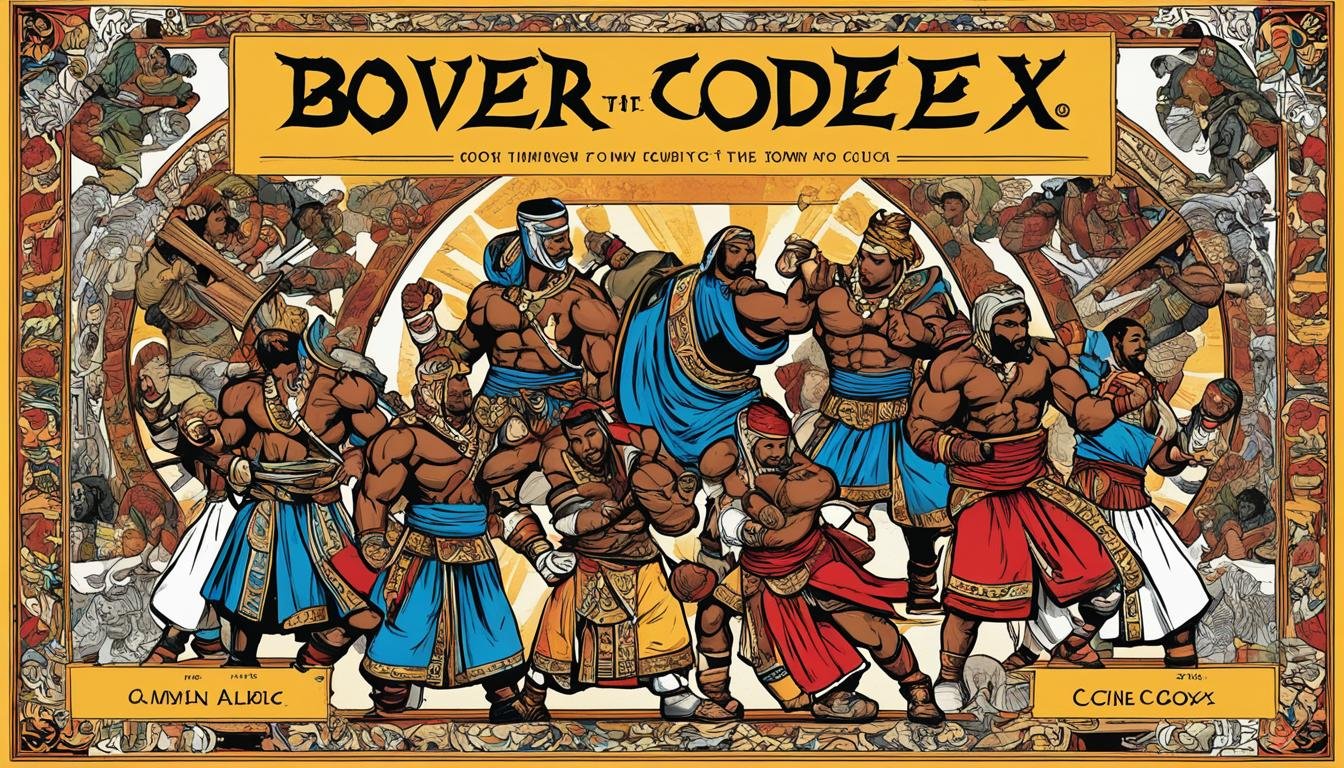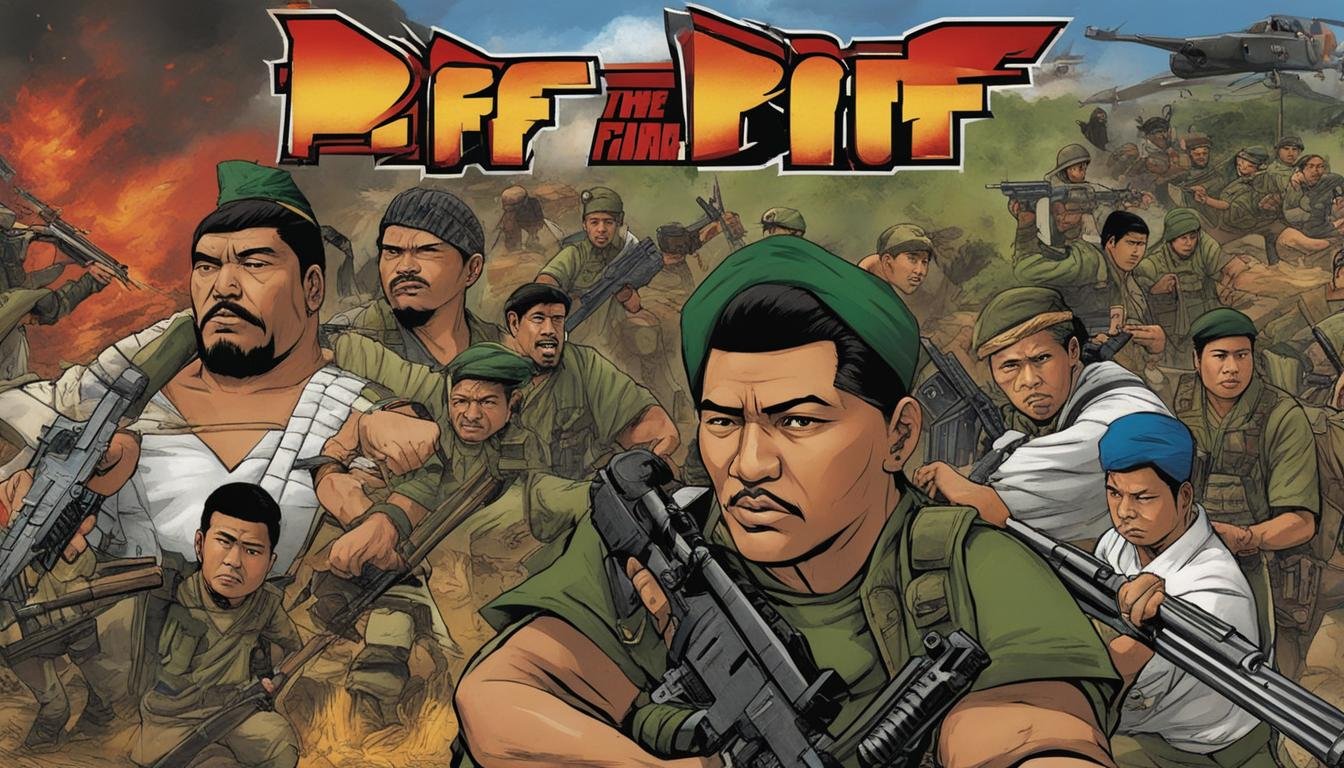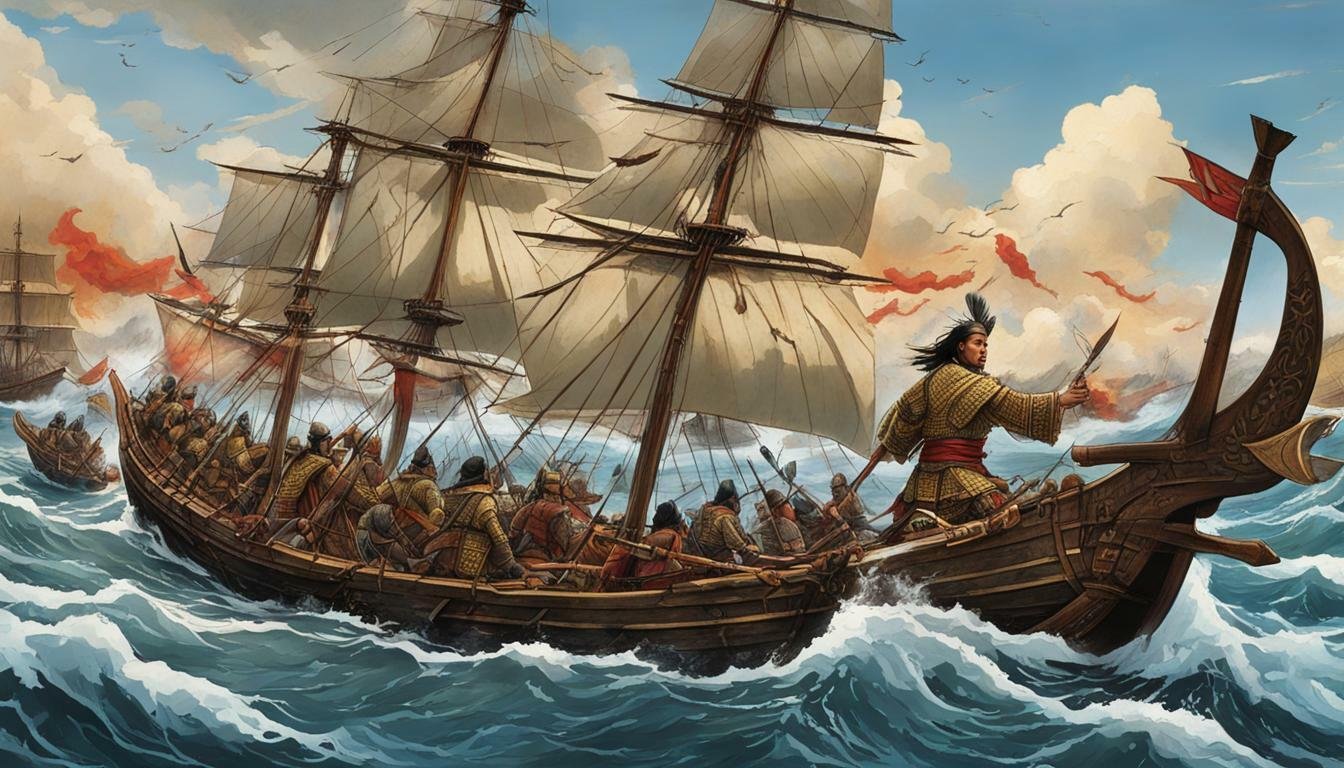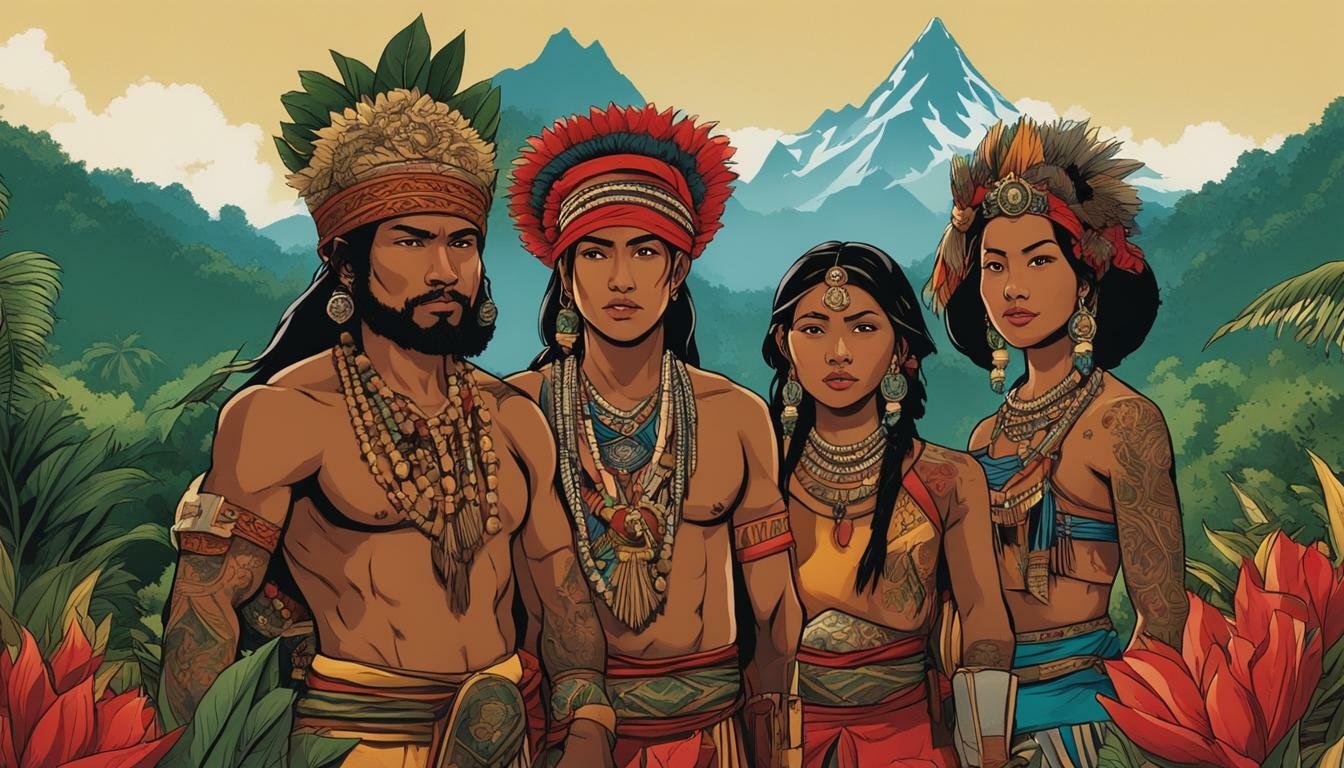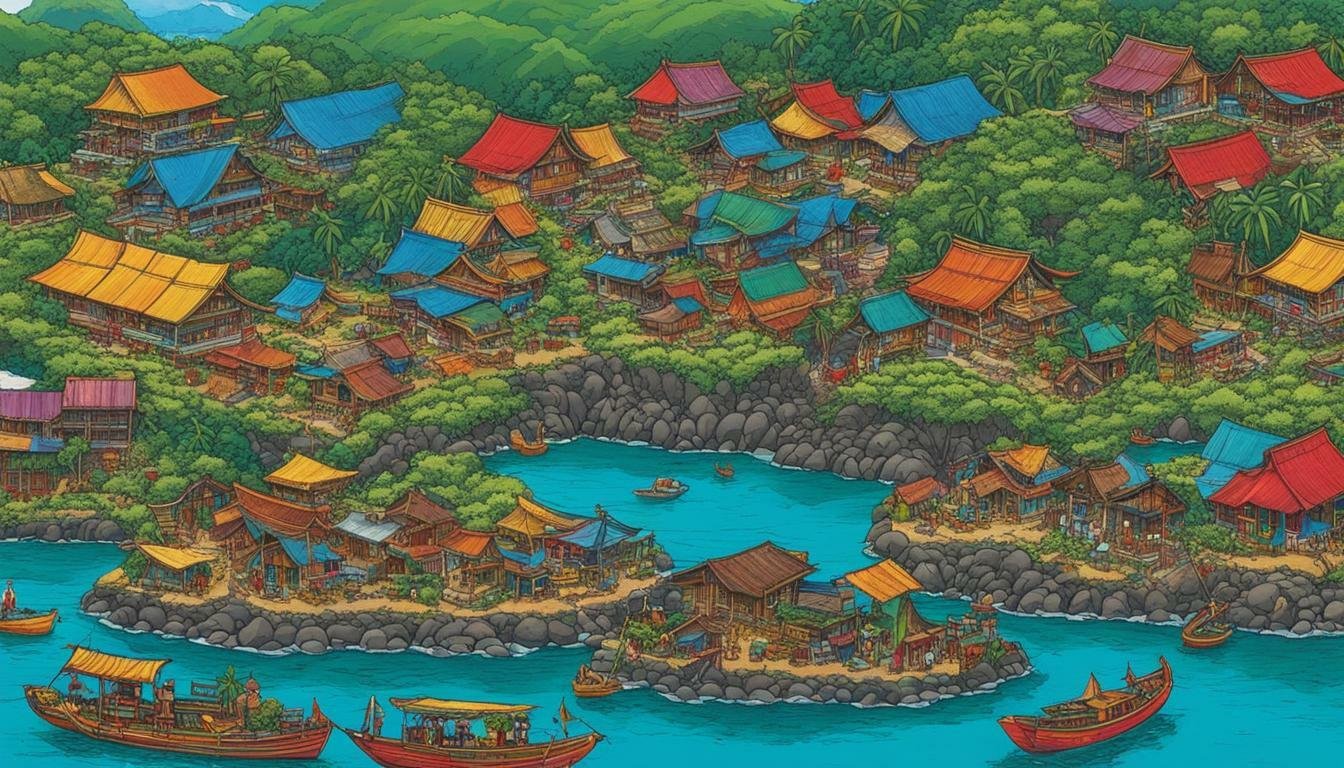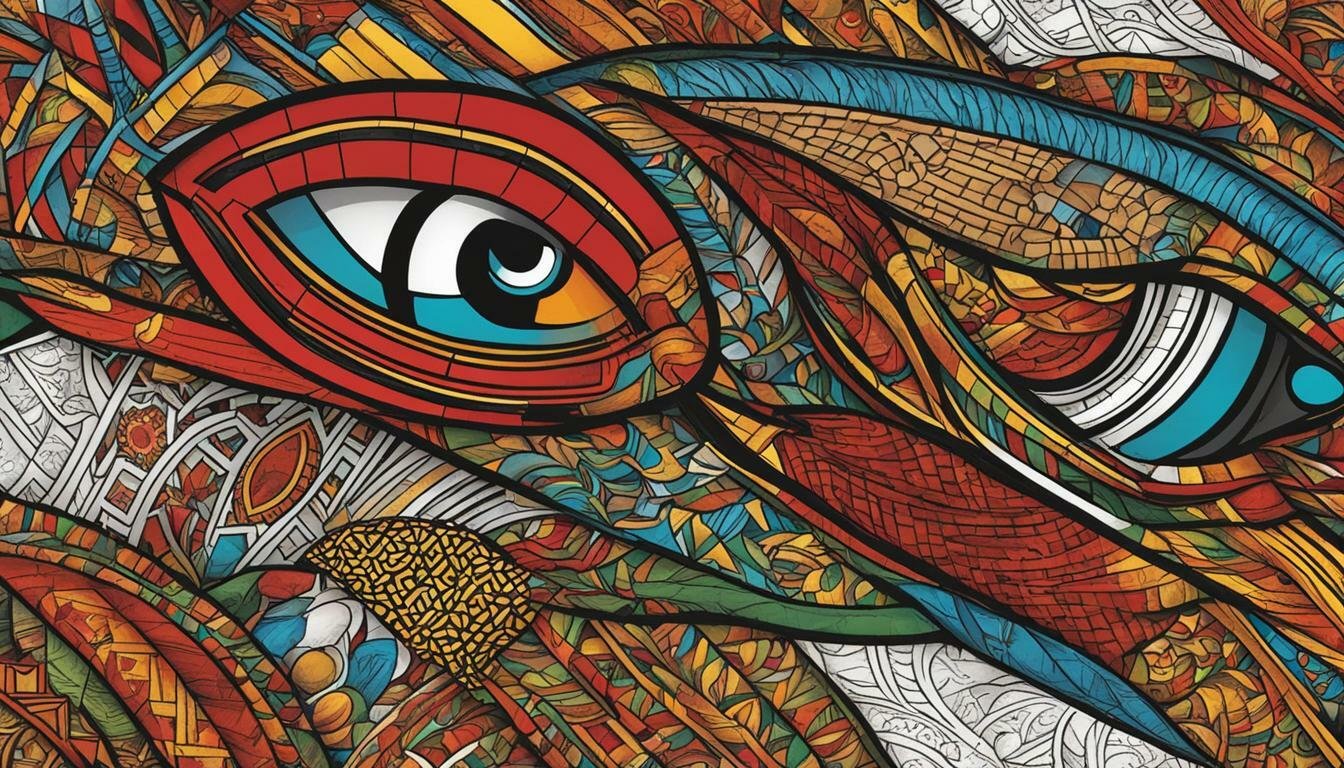The arrival of Ferdinand Magellan in 1521 is often cited as a pivotal moment in Philippine history, marking the beginning of the Spanish colonial era. However, to truly understand the Philippines, one must look back much further, into the millennia that preceded European contact. The period before Spanish arrival was not a historical vacuum but…
Tag: Mindanao
The Encomienda System: Spanish Colonizers’ Labor System in the Philippines
The arrival of Ferdinand Magellan in 1521 marked the initial contact between the Spanish Crown and the archipelago that would later be known as the Philippines. However, it was the expedition led by Miguel López de Legazpi in 1565 that initiated the formal Spanish colonization Philippines. Establishing settlements first in Cebu, then Panay, and eventually…
Understanding the Banguingui Ethnolinguistic Group
The Sulu Archipelago and the surrounding waters of Southern Mindanao are a cradle of diverse and dynamic ethnolinguistic groups, each with a unique story woven into the tapestry of Philippine history. Among these, the Banguingui Ethnolinguistic Group stands out, known for their formidable maritime history, intricate social structures, and significant, albeit often controversial, role in…
History of the Moro Islamic Liberation Front (MILF)
The History of the Moro Islamic Liberation Front (MILF) is deeply interwoven with the complex and protracted Moro conflict in Mindanao, southern Philippines. As one of the most significant non-state armed actors in the country’s modern history, the MILF’s journey reflects the aspirations, struggles, and evolving dynamics of the Moro people’s quest for self-determination and…
Exploring the Boxer Codex: A Window into 16th Century Cultures
Imagine holding a document, created over four centuries ago, that visually and textually captures the vibrant, complex societies of an archipelago on the cusp of dramatic change. Such a document exists, offering an unparalleled glimpse into the 16th Century Cultures Philippines: the remarkable Boxer Codex. More than just a collection of paintings and text, this…
History of the Bangsamoro Islamic Freedom Fighters (BIFF)
The complex tapestry of the Moro conflict in the southern Philippines has seen the rise and fall of numerous groups, each with its own history, motivations, and impact on the long-standing Bangsamoro struggle for self-determination. Among the more prominent and persistent contemporary challenges to peace in the region is the Bangsamoro Islamic Freedom Fighters (BIFF)….
Philippine Pre-Colonial Naval Warfare
Meta Description: Explore Philippine pre-colonial naval warfare: the ships like Balangay, Karakoa, Lanong, and Garay, the tactics, and the maritime power of indigenous peoples like Visayan Raiders and Moro Sultanates. Discover a rich history of seafaring and conflict before Spanish arrival. Focus Keywords: Philippine Pre-Colonial Naval Warfare Long before the arrival of European powers, the…
Moro People
The Moro People represent a diverse group of indigenous Muslim ethnolinguistic groups in the southern Philippines, primarily inhabiting Mindanao, the Sulu Archipelago, and Palawan. Their history is a tapestry woven with threads of thriving pre-colonial societies, the enduring arrival and deep roots of Islam in the Philippines, centuries of resistance against foreign invaders, internal dynamics,…
Yakan Language of the Philippines
The tapestry of Philippine history is woven with threads of diverse cultures and languages, each telling a unique story of the archipelago’s past and present. Among these vibrant threads is the Yakan language, spoken by the Yakan people, primarily residing in the province of Basilan and parts of Mindanao in the southern Philippines. More than…
T’boli Language of the Philippines
The T’boli Language of the Philippines is far more than just a means of communication; it is a vibrant repository of the history, identity, and intricate cultural tapestry of the T’boli people. Residing primarily in the highlands around Lake Sebu and surrounding areas in South Cotabato, within the larger island of Mindanao, the T’boli are…

